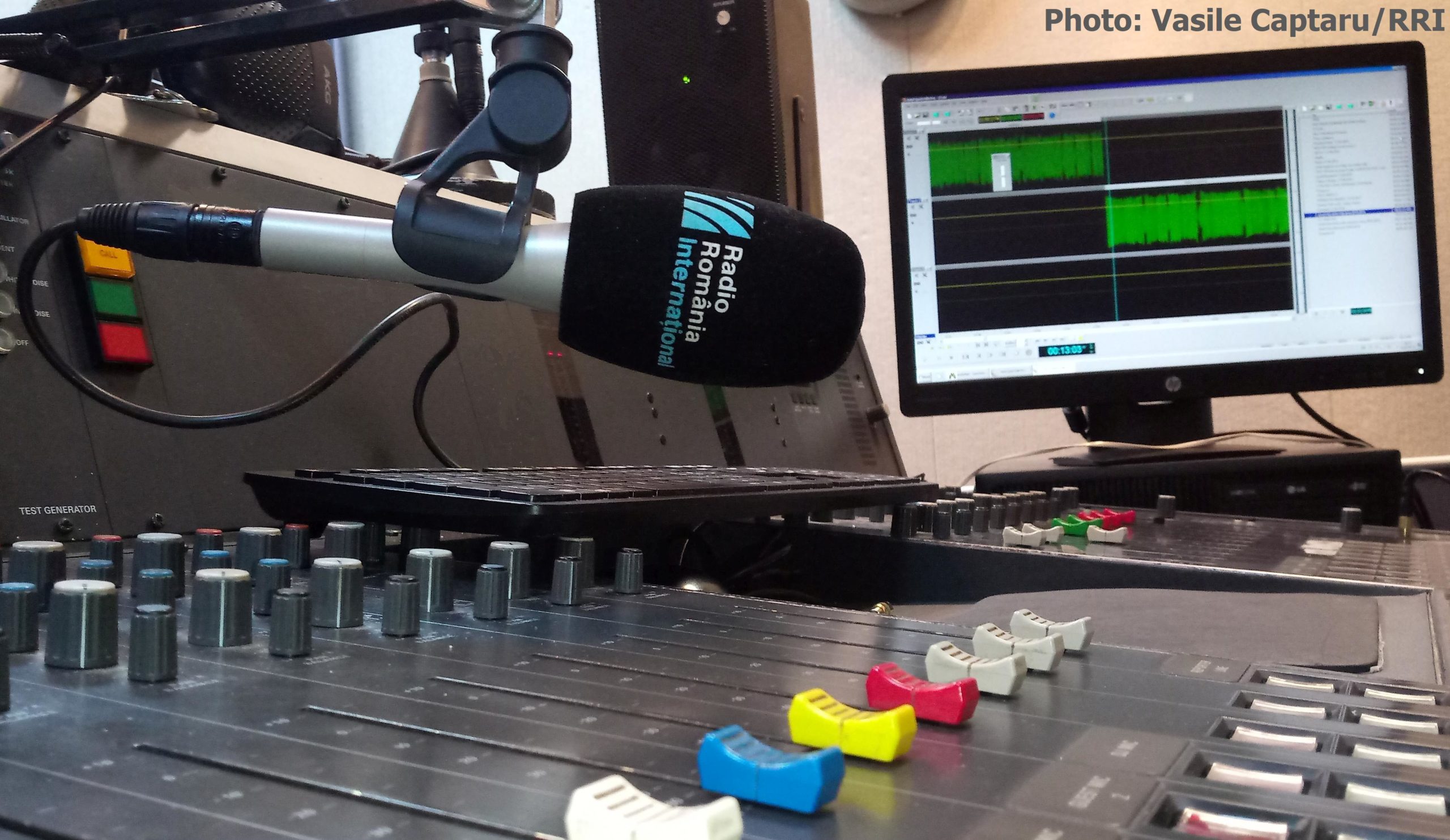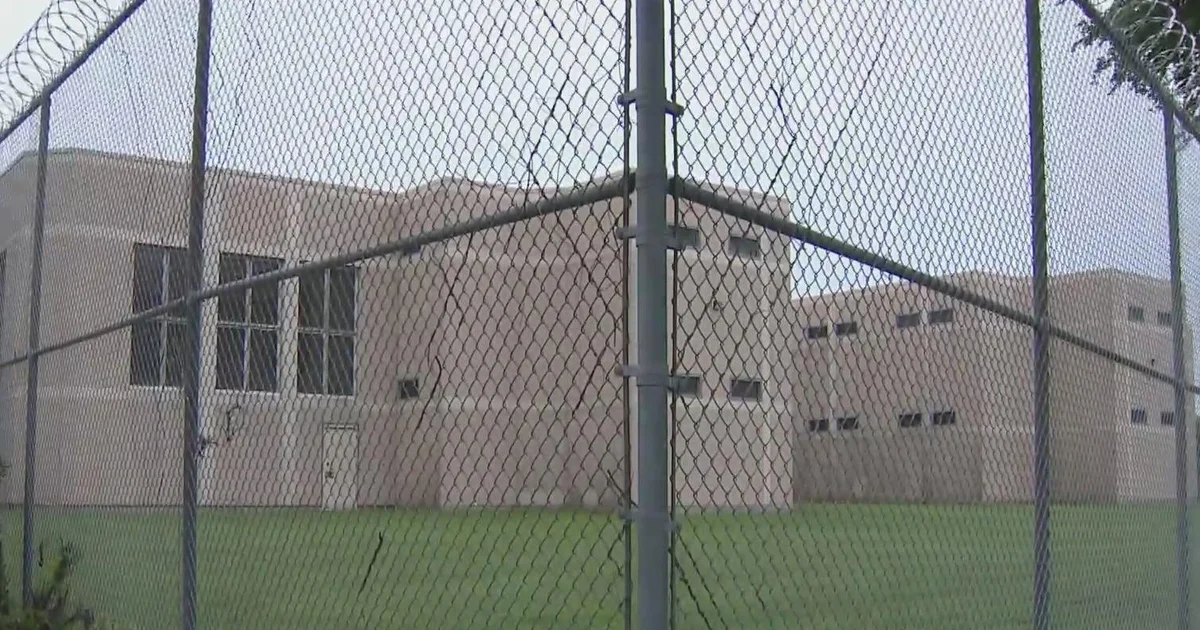
ROCK HILL – Catawba Nation leaders gathered to celebrate the completion of a new $3.2 million Catawba Indian Health Services facility on Sept. 19, opening the ceremony with a prayer and blessing of the building.
“We open more than a building here,” Catawba Nation Chief Brian Harris said. “We open a door — one that leads to healing, dignity and hope right here at home. This clinic is a promised gift to our elders and to our families, and a foundation for our children’s future.”
Located at 2895 Sturgis Road in Rock Hill, the new 6,300-square-foot clinic marks a significant expansion of offerings for patients, including new services like physical therapy and behavioral health, along with additional dental offices.
Though a permit for the project was issued on Jan. 13, 2021, funding issues greatly delayed progress.
Initial funding for the building was provided by the American Rescue Plan Act, which was a 2021 COVID-19 stimulus package. For a time, the building was nothing more than a shell with concrete and studded walls.
“It sat here for months after COVID-19, and the new board had to figure out how to finish it,” Harris said, referencing the current Catawba Nation Executive Committee, elected in July 2023.
After months of negotiation with the Indian Health Service, an agency within the Department of Health and Human Services responsible for providing federal health services to American Indians and Alaska Natives, the new executive board secured more than $2.9 million in funding for the project.
Following the ribbon-cutting, the opening date for the clinic is still to be determined as the space is prepared to accept new patients.
“This place is not only a facility, it is a place to foster hope for tomorrow and for our future generations of citizens,” said Behavioral Health Director Ericka Pursley. “With that, not only meeting their medical needs but their spiritual and emotional needs. It’s going to be a culmination of meeting health disparities, including our culture and traditions.”



